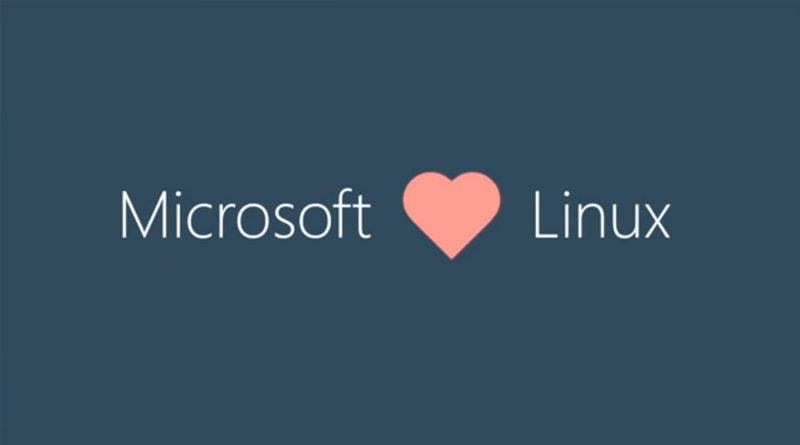Bring your own Linux to Windows with new open source tool
https://ift.tt/2GeILcc

After starting with Ubuntu, Microsoft has added a number of Linux distributions to its Windows Subsystem for Linux (WSL) Linux runtime environment. A Windows machine can simultaneously offer an Ubuntu, SUSE, Debian, and Kali “personality,” providing users with a choice of the different distributions’ preferences and package management.
But if your distribution isn’t yet available or if you want a Linux installation that’s customized just the way you like it, there’s now an answer: Microsoft has an open source tool for building your own Linux package. The tool is aimed at two groups: distribution owners (so they can produce a bundle to ship through the Microsoft Store) and developers (so they can create custom distributions and sideload them onto their development systems).
Microsoft’s tool provides the basic glue between Windows and the Linux distribution. It handles telling the system about the distribution and performing initial setup such as user creation, and it can be customized to—for example—print a message of the day when the distribution is started.
Theoretically, anyone could take a distribution of their choice and package it for the Store, but Microsoft says that it will only accept such packages from distribution owners. Anyone hoping to stick Fedora in the Store—it was promised last year but is yet to appear—will not be able to do so. However, someone could build a Fedora, sideload it, and even distribute the bits and pieces to streamline that sideloading. Those who enjoy unrolling their loops might build a Gentoo version.
Microsoft is continuing to add new capabilities to WSL. The next major update to Windows, version 1803, will include limited support for background tasks (WSL installs still don’t use initd or systemd but will at least now be able to keep running even when all your WSL windows are closed), Unix domain sockets (available for both Windows and Linux apps), and better filesystem interoperability between the Windows sides and Linux sides.
Tech
via Ars Technica https://arstechnica.com
March 27, 2018 at 04:55PM
